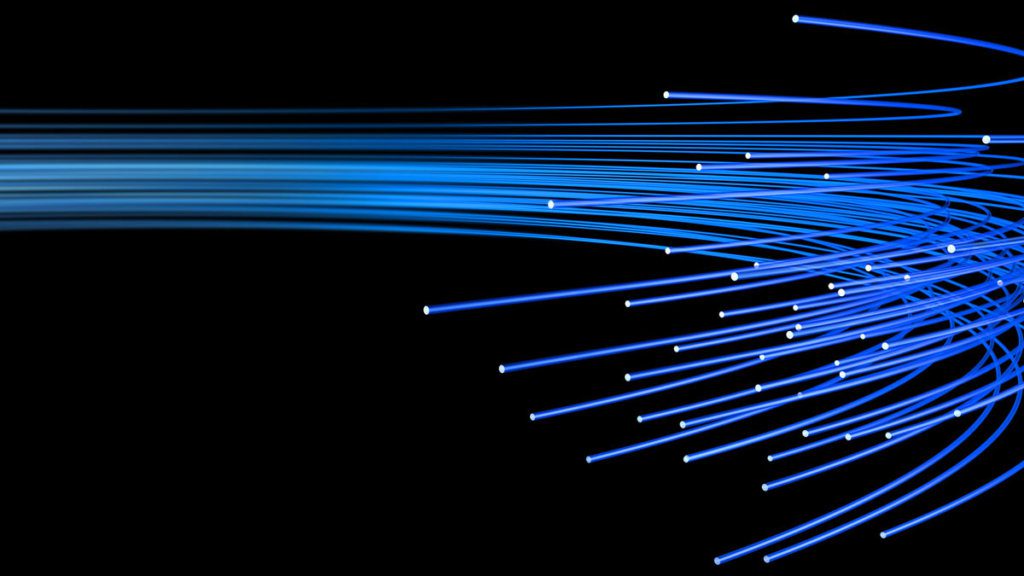Service providers and municipalities alike continue their push toward offering gigabit services over fiber networks. In fact, fiberville is a web site dedicated to listing which service providers and municipalities provide fiber solutions. Recently, Comcast significantly upped the ante by announcing a 2 Gbps symmetric service that will become available in certain locations. The services announced will be 2 Gbps downstream and 2 Gbps upstream. This is a substantial announcement due to the 2 Gbps speeds and symmetrical services which facilitate faster file uploads which is of interest to individuals who work from home, small businesses and gamers.
With all that speedy yumminess, let’s examine some of the technologies required for delivering multi-gigabit symmetrical services to homes and businesses.
Setting the Stage
When a provider deploys broadband services there is typically a peak rate, above the advertised speeds, that provides the headroom necessary for them to support the speeds and service level agreements (SLAs) associated with the service.
When the total available bandwidth is shared among multiple users, like it is in PON solutions, an unscientific but common practice is for the network to support at least twice the highest advertised rate. Specifically, to support an advertised service of N Gbps, the peak rate must provide for at least 2xN Gbps. Thus, for a 2 Gbps service the peak rate must be at least 4 Gbps to safely support the SLA using common practices. This premise allows the operator to investigate and determine the technology to use in order to support the advertised speeds. Once the technology is chosen, then the engineering work required to build out the solution may begin.
Technology Options
Let’s look at the two fiber to the home solutions that will support a 2 Gbps symmetric service today: Point-to-Point Fiber and 10 Gbps Ethernet Passive Optical Network (10G-EPON).
Point to Point Fiber: Best Performance
Point-to-point topology is a “home-run” active Ethernet fiber implementation that provides dedicated fiber from the home all the way through the access network to the headend. It is analogous to building your own personal highway from home to your office so you can get to work faster. While this solution provides the ultimate future-proof network, in terms of bandwidth, flexibility and network reach, it requires a significant amount of fiber and associated optical transceivers. Running a dedicated fiber to a residential customer premise is both complex and resource intensive due to additional fiber management and ongoing maintenance. However, it delivers the best performance to meet customer needs.
10G-EPON: An Efficient 2-Gig Symmetrical Solution
While there are many flavors of Passive Optical Networks (PON), (see: OnePON), 10G-EPON with its symmetric 10 Gbps links, is the only standardized, and commercially available PON technology able to provide at least 4 Gbps peak rate to support a 2 Gbps symmetrical service level agreement. Because of its point-to-multipoint topology and passive implementation, 10G-EPON is a cost effective solution in terms of operations, fiber consolidation, and headend real estate required.
CableLabs has championed PON initiatives through contributions to international standards, hardware and software certification, and interoperability events. CableLabs is facilitating a common approach to provide fiber solutions that will allow for quicker and higher-scale PON deployments.
Conclusion
Both 10G-EPON and point-to-point fiber solutions can provide 2 Gbps symmetrical services, opening up a world of possibilities for cable operators and customers alike. From the realization of all-IP delivered services, more efficient network implementations, improved cloud services, and overall future proofing the network, 2 Gbps symmetrical fiber deployments are a reality today.
Jon Schnoor is a Senior Engineer at CableLabs.
